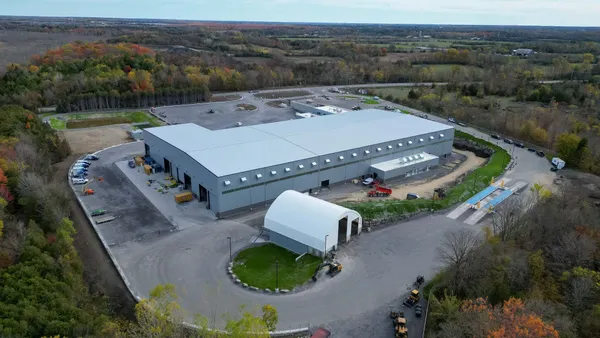Dive Brief:
- The average cost of tipping a ton of waste at a U.S. landfill increased to nearly $49 at the end of 2016, up 1.5% from $48 at the same point in 2015, according to the Solid Waste Environmental Excellence Protocol (SWEEP) team.
- Regional trends remained the same, with the highest costs in the Northeast and the lowest in the West. Approximate average tip fees at the end of 2016 were $78 in the Northeast, $57 in Pacific states, $48 in the Midwest, $41 in the Southeast and $35 in the West.
- Average landfill costs for construction and demolition debris increased from approximately $38 to $40 over the same period, which is seen as a reflection of a growing real estate market and new construction.
Dive Insight:
SWEEP was formally launched last fall with the goal of bring a standardized measurement and assessment system to the waste and recycling world in the way that LEED has done for green buildings. Rob Watson, founder of both programs, explained the details to Waste Dive at the time and said the goal was to move the industry toward thinking more about life-cycle rather than tonnage. This aligns with ideas that were promoted by the outgoing Environmental Protection Agency administrative team and have been receiving more discussion throughout the industry.
The first step in the long process of establishing SWEEP is to get a better understanding of what is currently happening in the industry. Research from organizations such as the Environmental Research & Education Foundation (EREF) shows that national waste statistics are higher than EPA estimates though regional trends are similar. More open space in the West and Midwest allow for many decades of cheap landfill capacity, which has made it hard for the U.S. to move away from this practice in the way that some other countries have.
Yet this range in average tipping fees has established a pattern of the Northeast exporting its waste to other states where residents have been voicing opposition and in some cases even shutting down imports entirely. While some Northeast states have found ways to manage their own waste through new diversion programs, others are running into capacity issues. Based on this latest cost analysis that dynamic is likely to continue unless a new more universal approach is taken to help states better manage their own waste.










